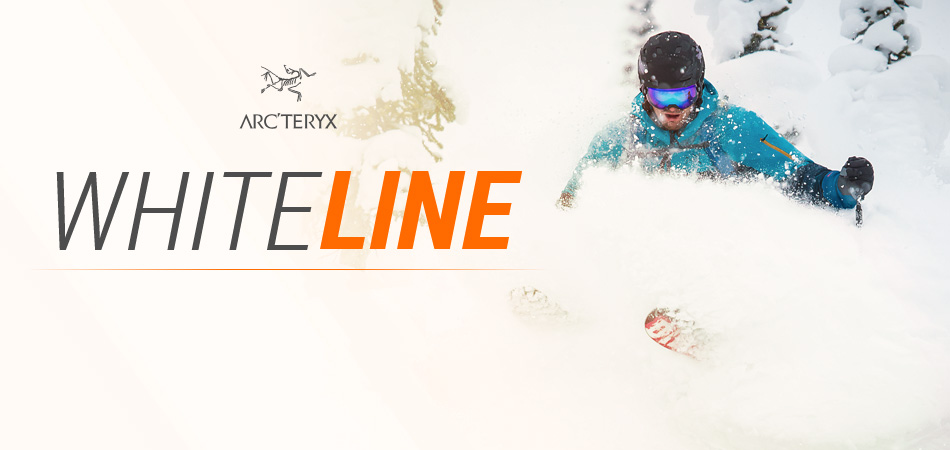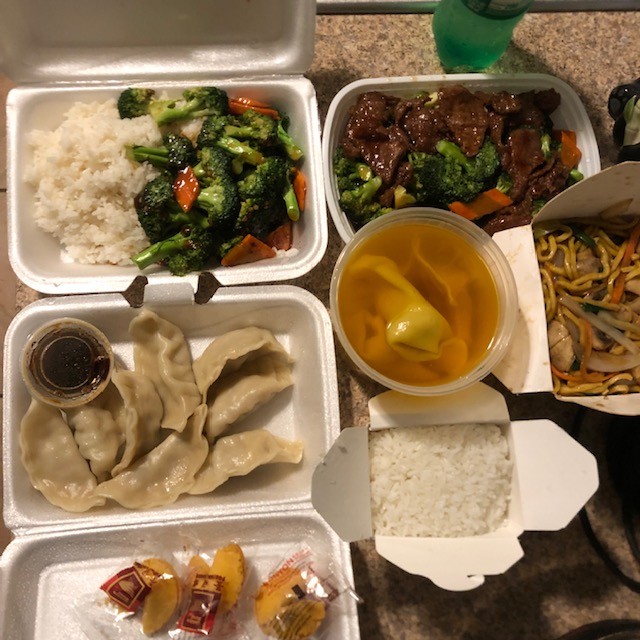This is a guest post by Ben Brown: Freelance writer, author and walking enthusiast Ben Brown looks at the best in breathable technologies – and why it works.
Breathable qualities are an essential characteristic for outdoor gear and modern materials and manufacturing processes ensure that this essential ingredient is built into most sportswear today. In fact breathable fabric could be argued to be more important than wind-proofing and waterproofing fabrics (or at least as equally important). However, there’s plenty of jargon to wade through (enough to get you into a real sweat) when it comes to choosing the right gear for your outdoor pursuits. In terms of breathable it helps to understand the basics.
Natural Cooling Systems – The Naked Truth
Breathable garments are designed to work in conjunction with the body’s natural cooling system; perspiration. “Garments” is a broad term and, in the case of outdoor gear, it includes everything from the tip of your headgear to the tips of your boots and shoes. As we overheat, our bodies produce sweat to cool us; the moisture evaporates, our skin cools and we return to our optimum temperature. This is fine if you’re not wearing any clothes at all, but not so great if you’re trekking up a mountain or running a marathon (in both cases clothes being more or less required) or conducting any other kind of sporting activity. For hikers, skiers, mountaineers and long distance trekkers. Balancing the need to stay warm and dry means that the body’s natural cooling mechanism can become a problem. Once clothing becomes damp from perspiration, it can remain so, keeping us cooling longer than we need to and eventually chilling us. While problematic at any time of year this can be a serious issue in winter when staying warm while outdoors can equal staying alive. Breathable fabrics operate to solve this problem by effectively drying quickly. Moisture is moved away from the skin and evaporates from the surface of the material, meaning our temperatures remain constant. While traditional materials, such as wool, have these qualities, modern polypropylene and polyester have been designed to create lighter weight garments with the same qualities. In terms of wool, often used in part in fleeces as an insulation layer, look for high quality merino wool products.

Wicking Qualities and Why they Work
While wool has been favoured as a breathable, fast drying fabric but the modern equivalents are considered more efficient. Today they are designed to incorporate ‘wicking’ qualities. Wicking describes the process in which moisture is moved from the skin and evaporates quickly, transferring it away from the skin in the same way that heat evaporates wax from a candle. For base layers, designed for a range of outdoor activities, materials with wicking qualities are ideal. For insulating layers material that is also breathable allows moisture to be quickly removed from between the layers and a final breathable waterproof layer ensures that excess moisture is drawn away from the body, while keeping out rain and or wind.
Horizontal Rain and Minuscule Vapours
Waterproof and breathable outer garments are now widely available and may seem an unlikely combination of qualities. These garments let moisture out and yet also stop it from passing through from the outside. The simple science behind this seemingly magical quality is the fact that moisture vapour from sweat is actually made up of smaller droplets, which can leave the fine mesh of the fabric, while droplets that form on the outer layer of the material (droplets in this case often being pelting, horizontal rain) are too big to enter, these run off thanks to waterproofing coatings. In many cases over time both the waterproofing and breathable qualities of this type of garment becomes compromised but regular treatments with recommended products help to restore and/or maintain jackets and coats.
Buying Tips
Buying appropriate waterproof outdoor gear is essential. For winter activities robust, strong outer layers are advisable, especially for mountaineering, trekking and hiking. Summer brings it’s own challenges in terms of weather conditions and lighter weight coats are advisable, unless climbing to high altitudes. For cyclists and runners these lighter weight outer layers are often ideal, even in winter. However, in all case ensure the best quality (usually branded) items are chosen. At this time of year as the winter sales and Boxing Day sales beckon, it can be the perfect time to restock on all manner of outdoor gear, from tents to clothing and waterproofing products. Where possible always buy quality outdoor wear and kit, as apart from its effectiveness it can last for many years (and many adventures) to come.









